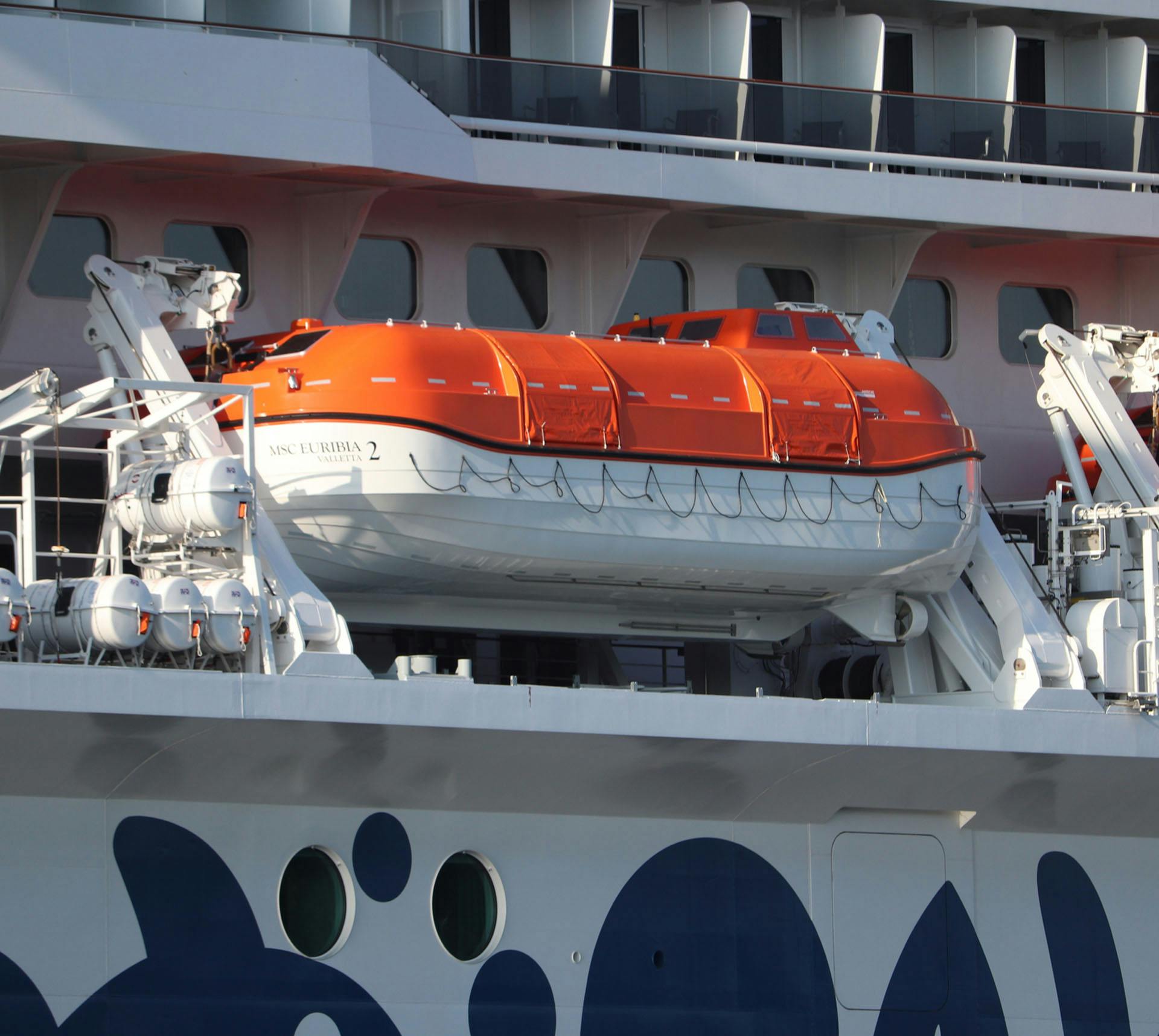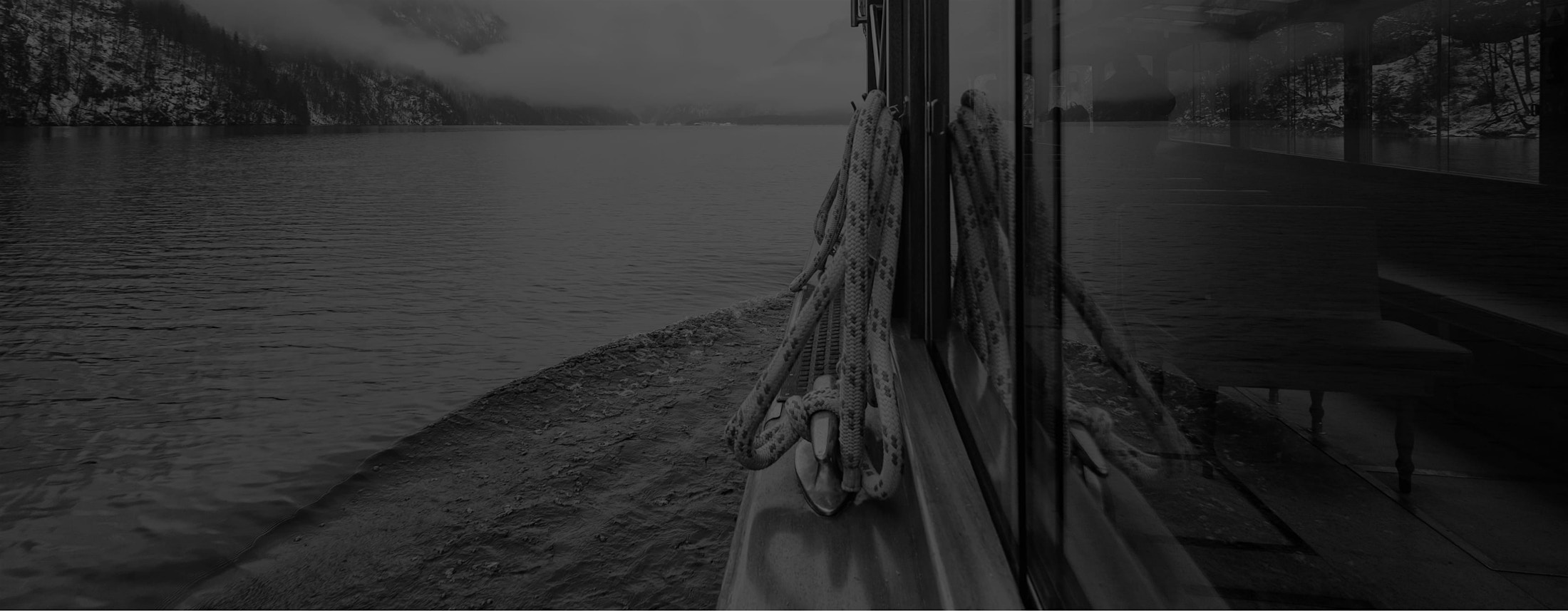Injured due to a Cruise Ship Tender Boat Accident?
When a port is too shallow to allow a cruise ship to pull alongside a pier or there is not enough room at the port for the cruise ship to dock, passengers and guests are ferried to and from land by tender boats. The cruise ships’ lifeboats often serve as tender boats. However, some times the cruise lines contract with local companies to provide tendering services. No matter if the tender boats are from the cruise ship or supplied by local contractors, maritime law requires cruise lines to provide their passengers and guests reasonably safe means to and from the ship to the shore including while tendering. When this duty is breached, people many times get hurt.
Improper boarding methods or tendering during rough sea conditions are often the result of tender boat injuries. Typically, cruise ships deploy a gangway from the side of the ship to a landing. Passengers are told to walk down the gangway and wait on the landing to board the tender boat. The tender boats pull alongside of the landing where the passengers board to be taken to shore. On the return trip, the passengers exit the tender boat to the landing. It is during this exchange when the passengers step onto the tender boat from the landing, or when they step onto the landing from the tender boat, when most injuries occur. The reason why so many injuries occur during this segment of the tendering process is because the tender boat and the landing move up and down due to the prevailing sea conditions.
If the tender boat is not properly secured to the landing or if a deployed gangplank between the landing and the tender boat is not properly placed, passengers’ hands, arms, feet and legs can become crushed between the tender boat and the landing.
In addition to injuries occurring while stepping on and off the tender boats, we have represented passengers who were injured while traveling on the tender. These accidents are usually the result of ill maintained tender boats or rough weather.






